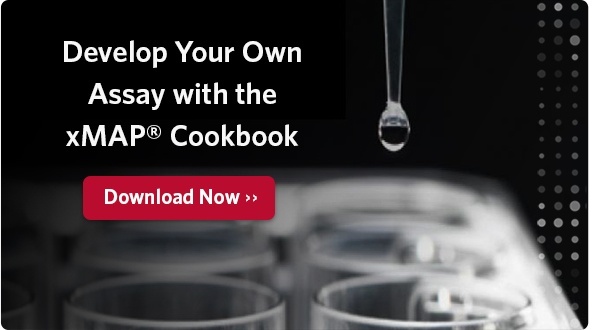Featuring the development of a novel RNA-based multiplex assay to diagnose breast cancer subtypes
Godfrey Grech, PhD, is an Associate Professor in Department of Pathology at the University of Malta. He was awarded a grant to publish his video methods manuscript entitled “Optimisation of a RNA-based Expression Assay Using Breast Cancer Archival Material” in the Journal of Visualized Experiments, after winning a contest we hosted.

Can you describe your career path?
After earning a Master’s Degree in Molecular Genetics from the University of Malta, I worked for six years as a scientist at the university before earning a doctorate from Erasmus Medical Centre in 2006. When I completed my degree, I returned to the University of Malta where I run a molecular pathology research lab, am the coordinator of the Biomedical Sciences graduate program, and am also the Executive Director at Biotech Innovations Ltd, a spin-out from the University of Malta.
How did you first learn about multiplexing as a solution?
We used multiplexing years ago when multiplex PCR was used to amplify various amplicons in one tube but found the applications limited because PCR technology requires good quality DNA/RNA for reproducible results. We re-adopted multiplexing when we learned that the Invitrogen™ QuantiGene™ Plex Assay based on xMAP® Technology uses branched-DNA (bDNA) technology to amplify signals, which works well with degraded material.
What inspired you to design this assay?
Oncologists are in need of molecular diagnostic assays that provide harmonized and objective results. Currently, protein expression measurements are subjectively scored by a pathologist and in situ hybridization techniques require specialized labs and technical staff to measure amplifications that do not always equate to increased protein levels. There is also an unmet need to measure multiple biomarkers from a minimal amount of sample, such as biopsies, and to use Formalin Fixed Paraffin Embedded (FFPE) material in RNA based assays.
Did you initially develop your assay or buy a kit?
We adapted the Invitrogen™ QuantiGene™ Plex Assay by Thermo Fisher Scientific to detect gene amplification at the RNA level, as well as gene expression to develop novel biomarkers that predict sensitivity to PP2A activators.
Tell us about the assay that will be described in the JoVE publication.
The JoVE publication will describe a multiplex gene expression method that accurately classifies breast cancer into molecular subtypes. The benefits of this assay include quantitative results (as compared to imaging techniques), reduced variability, low sample input, and the inclusion of heterogeneous tumors samples. Applications for this method include tumor classification with diagnostic potential and measurement of biomarkers from liquid biopsies, which will result in improved patient management and disease monitoring.
Can you share a couple of multiplex assay development tips?
- Be sure to count beads input and assess washing losses during assay development because variability in intensity values will reflect negatively on validation efforts.
- Internal controls for signal saturation are critical to indicate when the sample input should be diluted.
Interested in developing your own assay?
Check out the xMAP Cookbook for 20 proven multiplexing protocols, lists, and troubleshooting tips.
